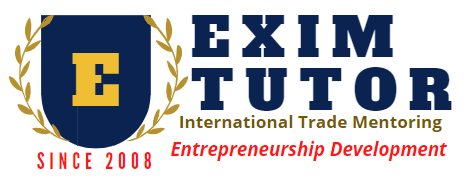The global trade landscape is poised for a significant shift as the United States is set to impose a 25% tariff on exports from India, effective August 1, 2025. This policy decision is expected to have wide-reaching consequences for bilateral trade relations, Indian exporters, and global supply chains. Let’s explore why this tariff is being introduced, which sectors are most affected, and how businesses can navigate this new challenge.
Why is the USA Imposing a 25% Tariff on Indian Exports?
The U.S. government cites several reasons for this tariff hike:
- Trade Imbalance: The U.S. trade deficit with India has been steadily rising, prompting Washington to address what it perceives as unfair trade practices.
- Intellectual Property & Regulatory Barriers: Concerns over India’s IP enforcement and regulatory hurdles for U.S. companies have contributed to the tariff decision.
- Geopolitical Strategy: Amid global power shifts and strategic realignments, the U.S. aims to leverage tariffs as a negotiating tool in trade discussions with India.
- Domestic Manufacturing Push: The tariff aligns with America’s push to boost domestic manufacturing and reduce reliance on imports.
Sectors Most Affected by the 25% Tariff
Indian industries heavily reliant on exports to the U.S. will feel the immediate impact of this tariff hike. Key sectors include:
1. Textiles & Apparel
India’s textile and garment sector, a major export earner, will face increased costs, affecting price competitiveness against countries like Bangladesh and Vietnam.
2. Engineering Goods
Exports of industrial machinery, auto components, and tools—sectors where India has a growing footprint in the U.S. market—will see increased price barriers.
3. Pharmaceuticals
Though India is a crucial supplier of generic drugs to the U.S., tariffs on raw materials and finished products could disrupt supply chains.
4. Gems & Jewelry
One of India’s largest export categories, gems and jewelry will see higher costs, which might lead U.S. importers to shift sourcing to other countries.
5. Agricultural Products
Exports of rice, spices, and marine products will also become costlier, affecting demand in the price-sensitive U.S. market.
Implications for Indian Exporters and Global Trade
- Short-term Export Slowdown: The immediate effect will be a reduction in export volumes as Indian goods become less price-competitive.
- Supply Chain Realignment: U.S. importers may diversify their sourcing, giving other low-cost manufacturing hubs an opportunity.
- Negotiation Pressure on India: India may come under pressure to revisit trade policies, including reducing import duties on U.S. goods or addressing IP concerns.
- Impact on SMEs: Small and medium exporters, particularly in textiles, handicrafts, and auto parts, may face severe challenges in maintaining profit margins.
Strategies for Indian Exporters to Navigate the Tariff Hike
- Explore Alternative Markets: Diversifying exports to the EU, Middle East, Africa, and Southeast Asia to reduce dependency on the U.S. market.
- Value Addition & Product Innovation: Focusing on high-value products and innovative designs to justify higher pricing in international markets.
- Leveraging Free Trade Agreements (FTAs): Utilizing India’s existing and upcoming FTAs with other countries for tariff-free access.
- Joint Ventures with U.S. Companies: Collaborating with American firms for local assembly or manufacturing to bypass tariffs.
- Government Support & Incentives: Indian exporters should advocate for government interventions, subsidies, and trade facilitation measures to offset the impact.
Conclusion
The imposition of a 25% tariff on Indian exports to the USA from August 1, 2025, marks a critical juncture in Indo-U.S. trade relations. While the immediate impact will be challenging, it also presents an opportunity for India to reassess its global trade strategy, enhance product competitiveness, and explore new markets. Indian exporters must stay agile, innovate, and align with global supply chain dynamics to navigate this turbulent phase.
